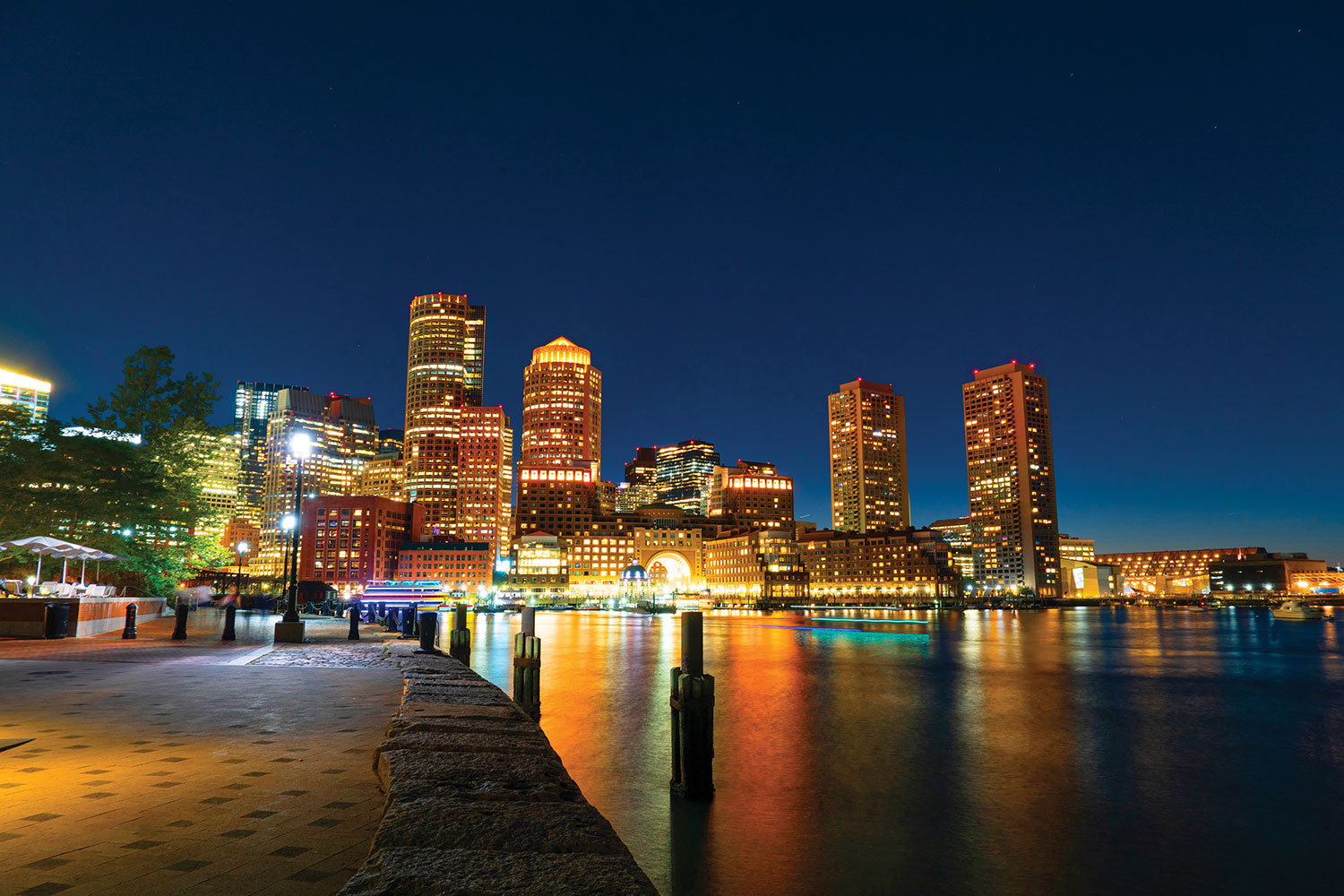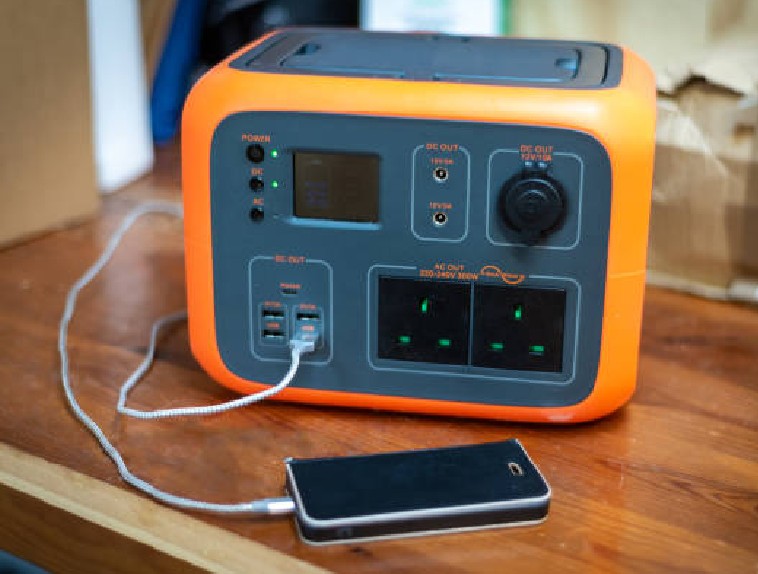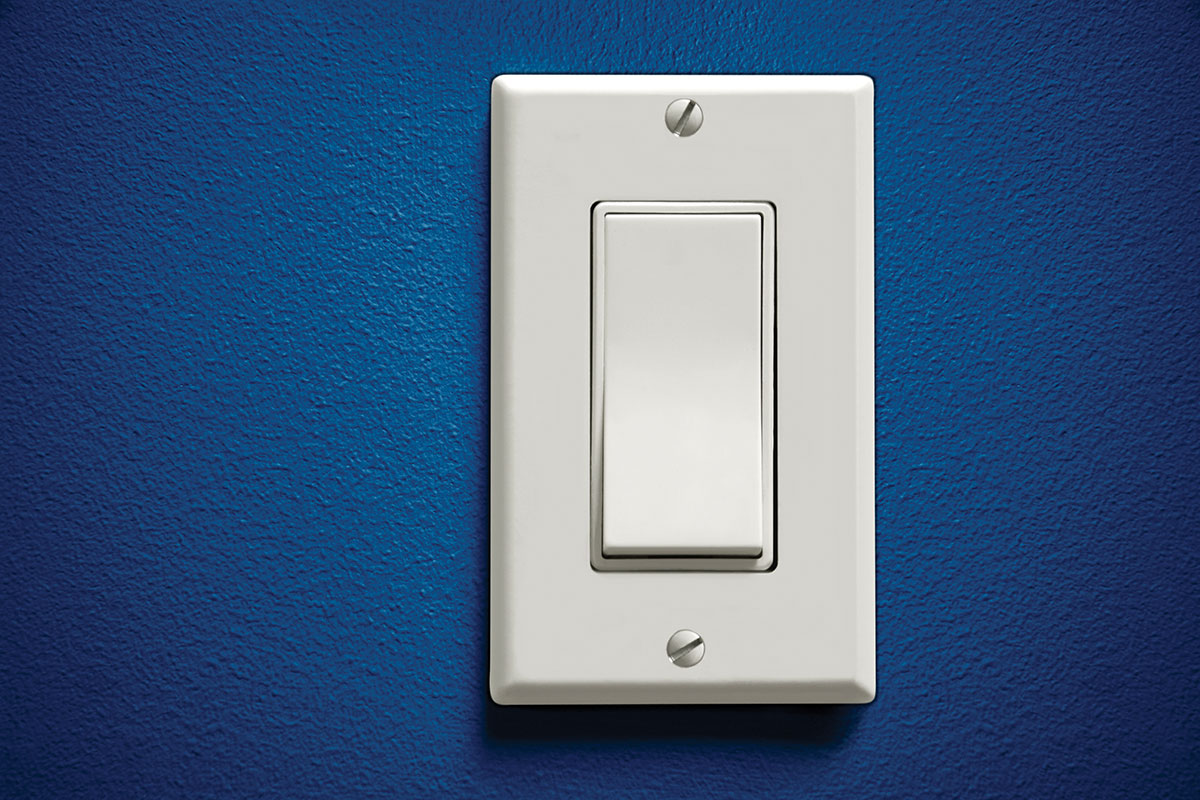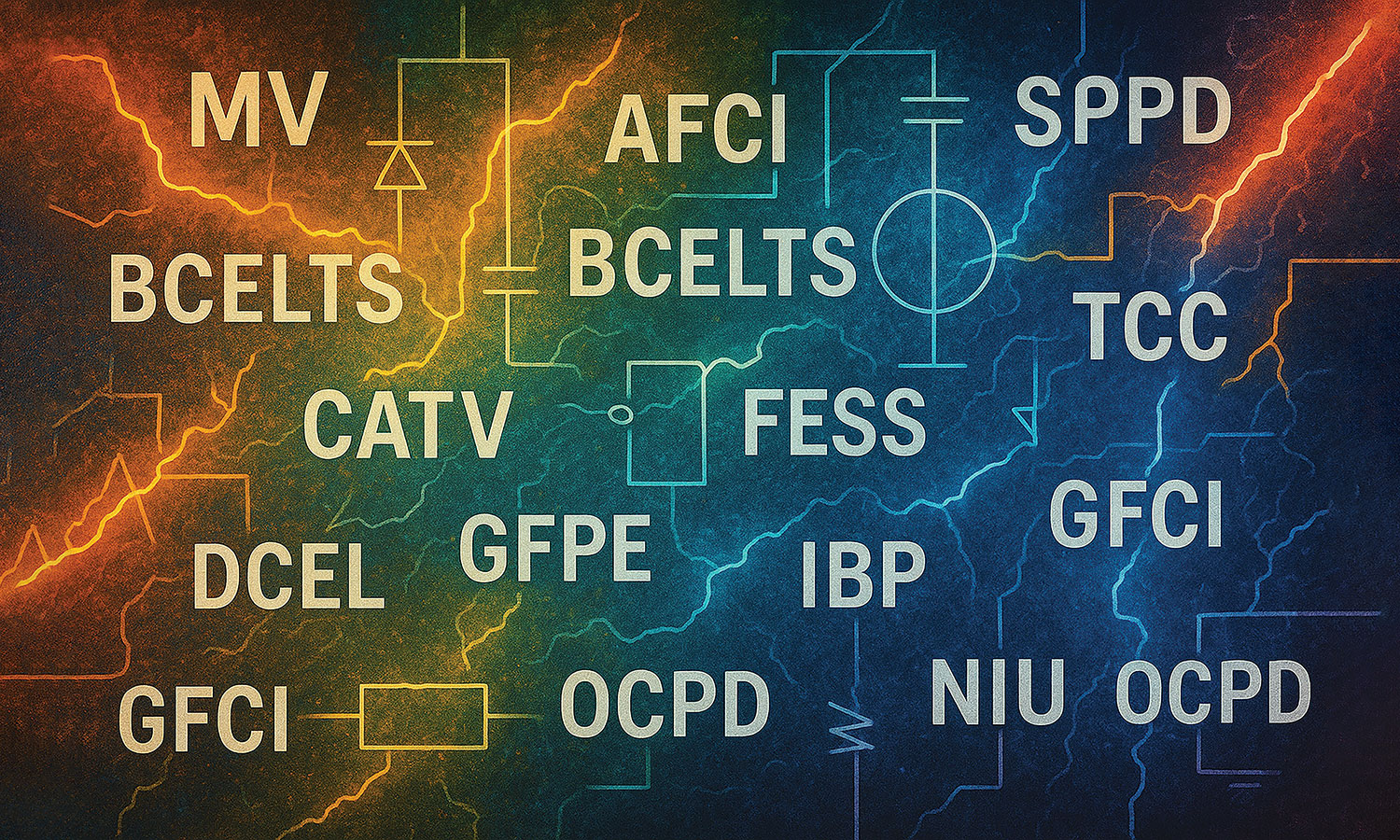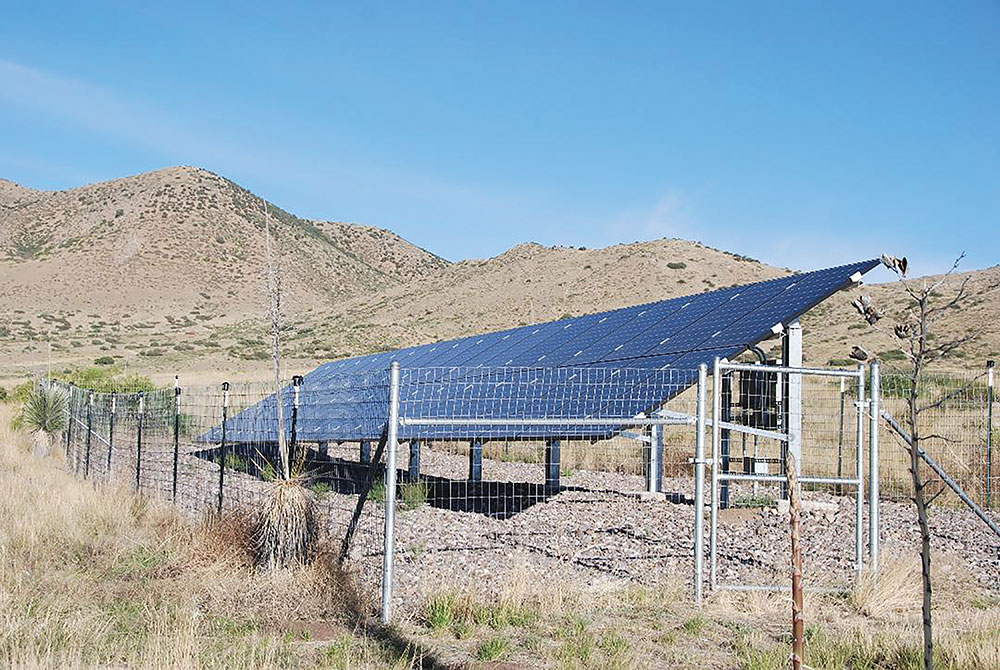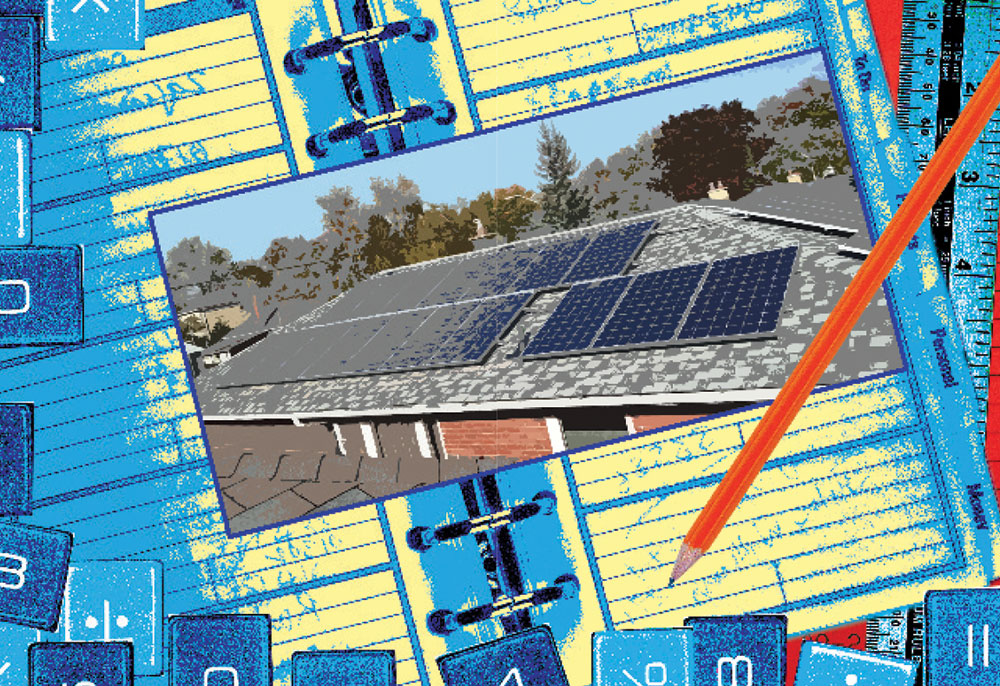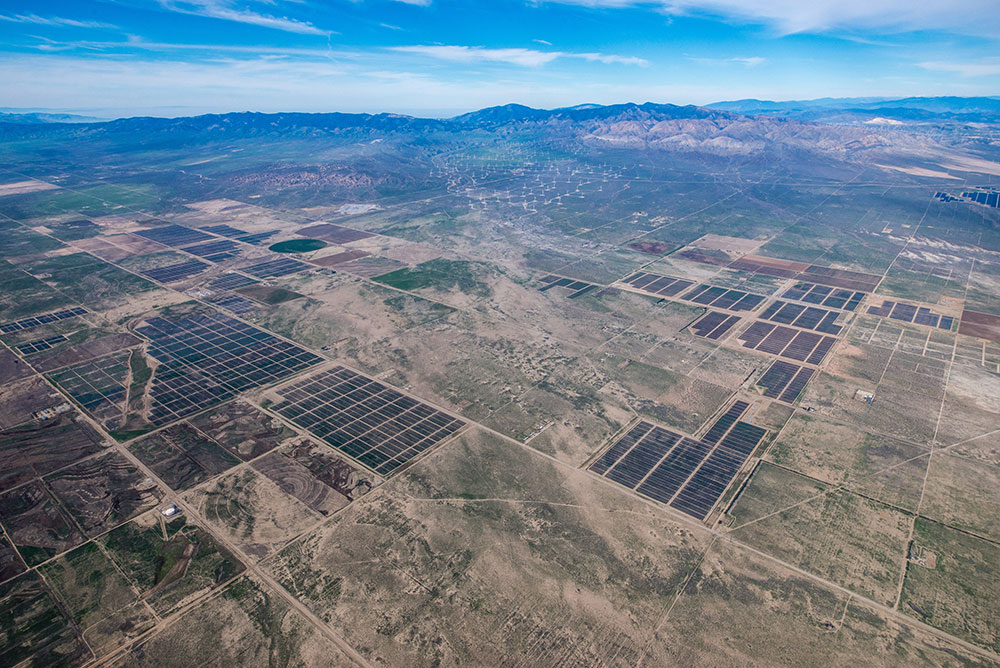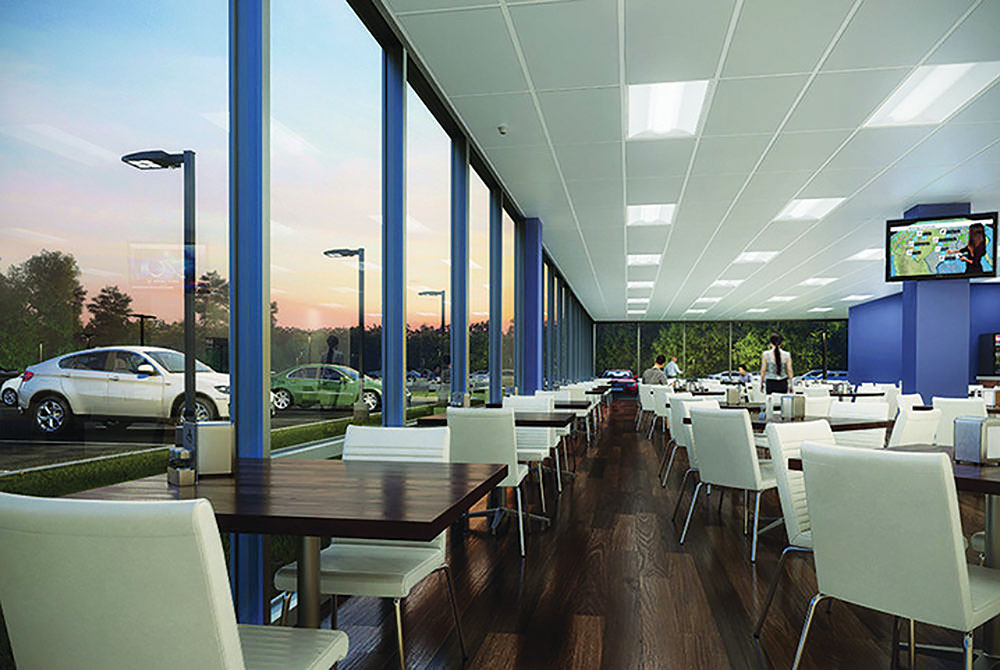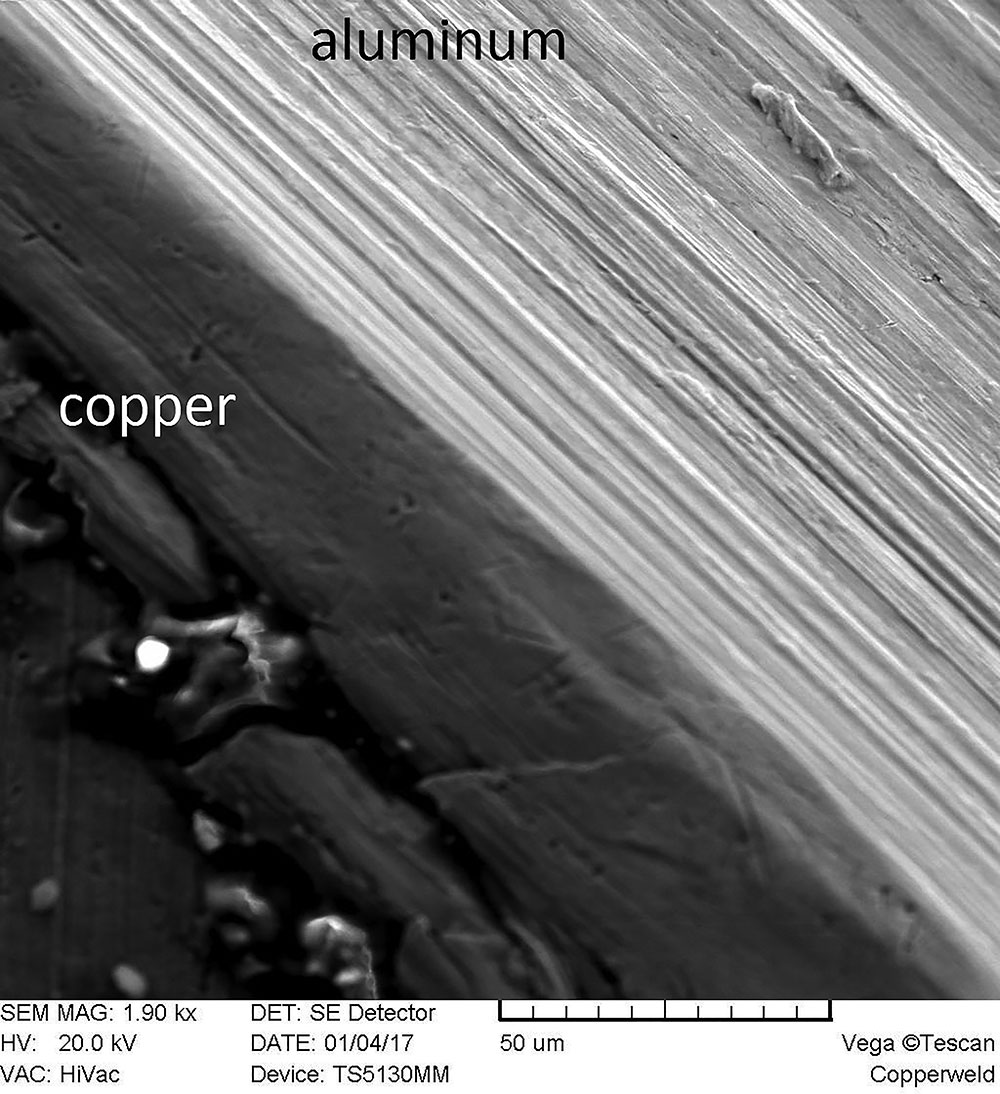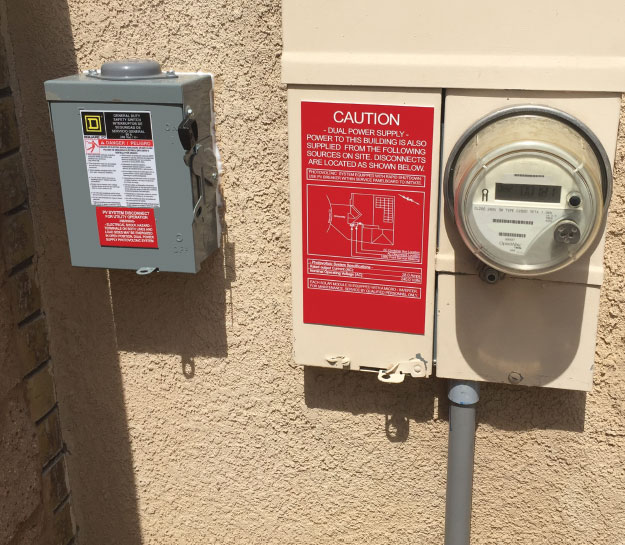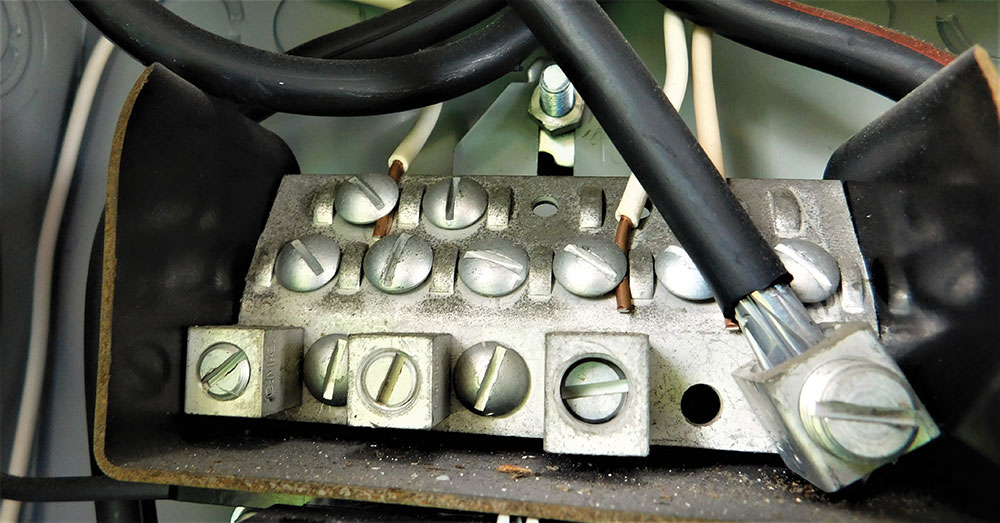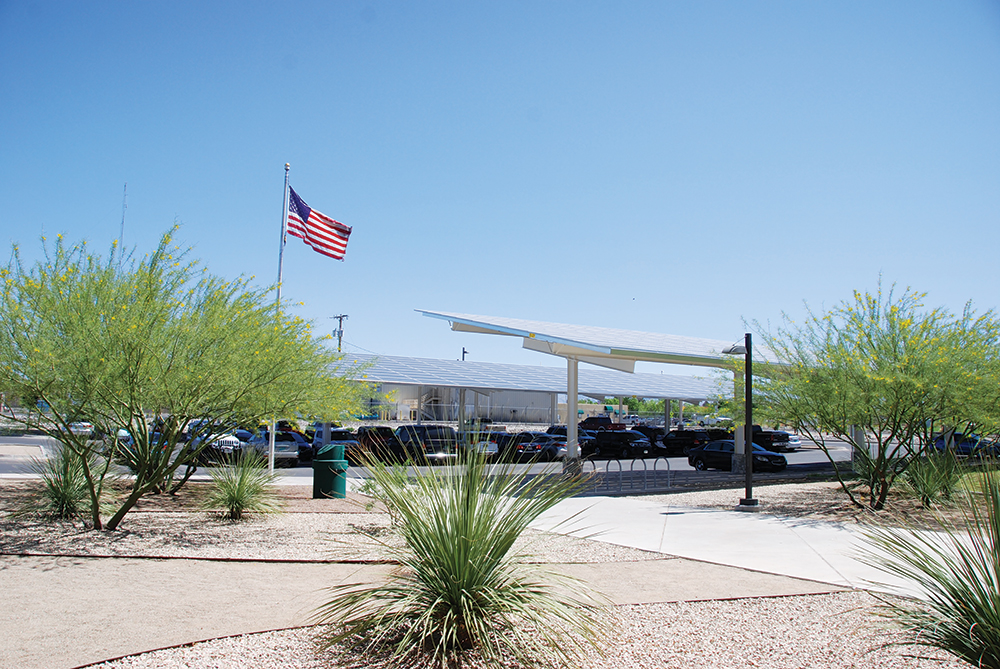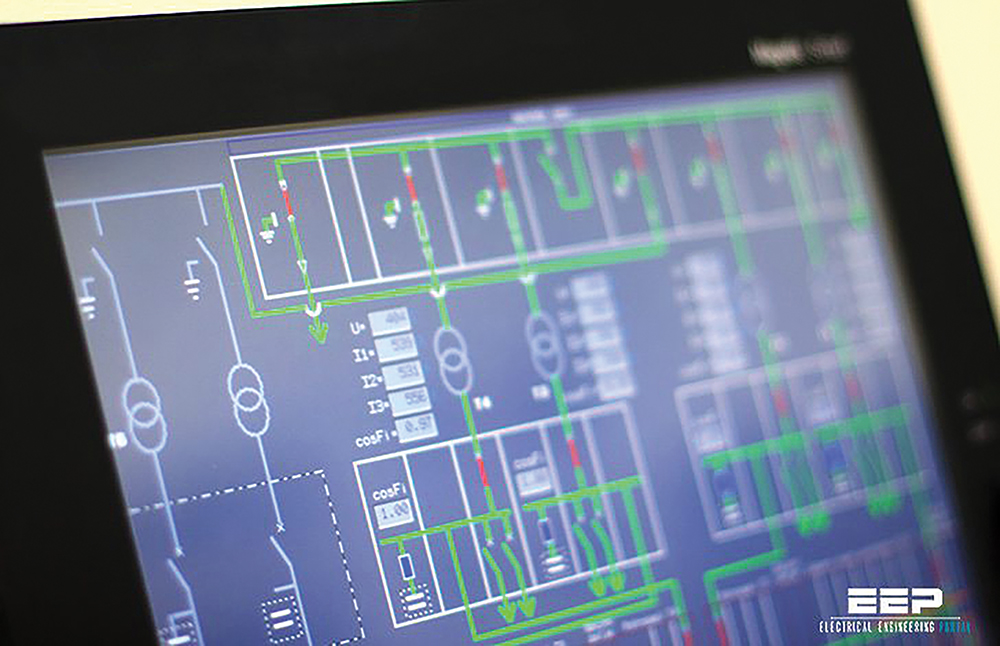In this article, overcurrent protection for direct current(dc) and alternating current (ac) PV circuits will be addressed.
In this article, we will look at the dc currents in the PV system and see how they vary with the environment and how the Code is modified from the normal requirements to deal with these variations.
Dust control is an important part of any large project, and at some solar farms, it can get out of control. Migrating dust/soil can have serious effects to certain areas, such as the substation walking surface.
The direct current output of a dc PV module varies with the sunlight intensity, the temperature of the module, and the load connected to that module.
As buildings are updated with high-efficiency LED light sources, energy codes generally require that the lighting control systems also be updated to satisfy new, more efficient performance requirements.
The new Copper-clad aluminum building wire (Cu-Clad), however, displays improved physical characteristics due to the alloying of its core, designed to improve its application to building wire.
The purpose of this article is to inform, educate, and offer guidance in properly identifying when an AC disconnect is required for a residential or small commercial PV installation.
In continuing the task of locating and inspecting homes wired with Cu-Clad BCBW, D’Agostino solicited the assistance of Mr. John Yeamans, a long-time resident of Farmingville, NY, and a local real-estate agent serving all of Long Island.
Photons (solar energy from sunlight) hit a PV module and electrons (electrical energy) come out. The amount of electricity (volts and amps) a PV module will produce is proportional to the amount of sunlight shining on the module (more is better),
Energy efficiency involves reducing energy consumption, optimizing energy costs, and improving installation reliability. To achieve a high level of energy efficiency, there are at least six solutions you can apply.

